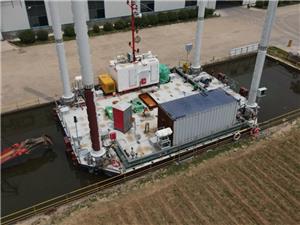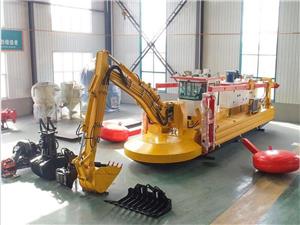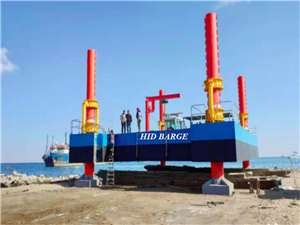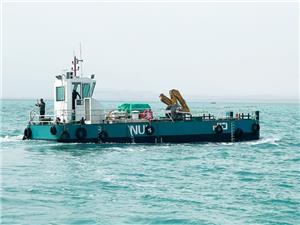Choosing the Right Dredging Equipment: Essential Types and Considerations
Dredging equipment varies depending on the specific requirements of the dredging project, such as the depth and type of material being dredged. Some common types of dredging equipment include:
Dredges: These are the primary machines used for dredging. They come in various types such as:
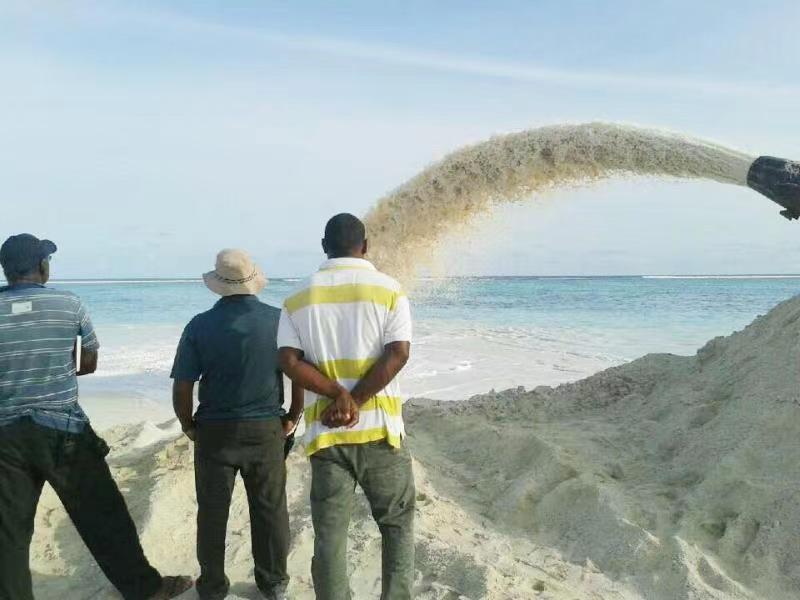
Cutter Suction Dredges: Equipped with a rotating cutter head to loosen and break up material, which is then sucked up by a pump.
Bucket Dredges: Utilize a bucket or clamshell attached to a crane to scoop up material from the seabed.
Hydraulic Dredges: Use powerful jets of water to loosen and transport sediment.
Mechanical Dredges: Operate using mechanical means like augers or rakes to excavate material.

Pumps: Dredge pumps are essential for transporting the dredged material from the seabed to the disposal site or the surface. They come in various sizes and types, such as centrifugal pumps or positive displacement pumps.
Pipelines: These are used to transport the dredged material over long distances, either on the seabed or floating on the surface.
Anchoring and Positioning Equipment: Dredges need to stay in position while operating. Anchors or positioning systems like GPS are used to ensure the dredge stays in the desired location.
Support Vessels: Larger dredging operations may require support vessels for various purposes such as transporting equipment, supplying fuel, or providing accommodation for crew members.
Surveying Equipment: Before and during dredging operations, surveying equipment like sonar, GPS, or bathymetric sensors are used to map the seabed, monitor progress, and ensure accuracy.
Safety Equipment: Dredging operations involve inherent risks, so safety equipment such as lifeboats, life jackets, and emergency response gear are crucial for protecting workers and the environment.
Dredge Monitoring and Control Systems: These systems help monitor and control various aspects of the dredging operation, including pump performance, sediment concentration, and dredge position.
Environmental Monitoring Equipment: To mitigate environmental impacts, equipment such as sediment curtains, turbidity meters, and water quality sensors are used to monitor and manage sediment dispersion and water quality.
Dredge Disposal Equipment: Finally, equipment for disposing of dredged material, such as barges, land-based disposal sites, or beneficial reuse projects, is necessary to complete the dredging process.
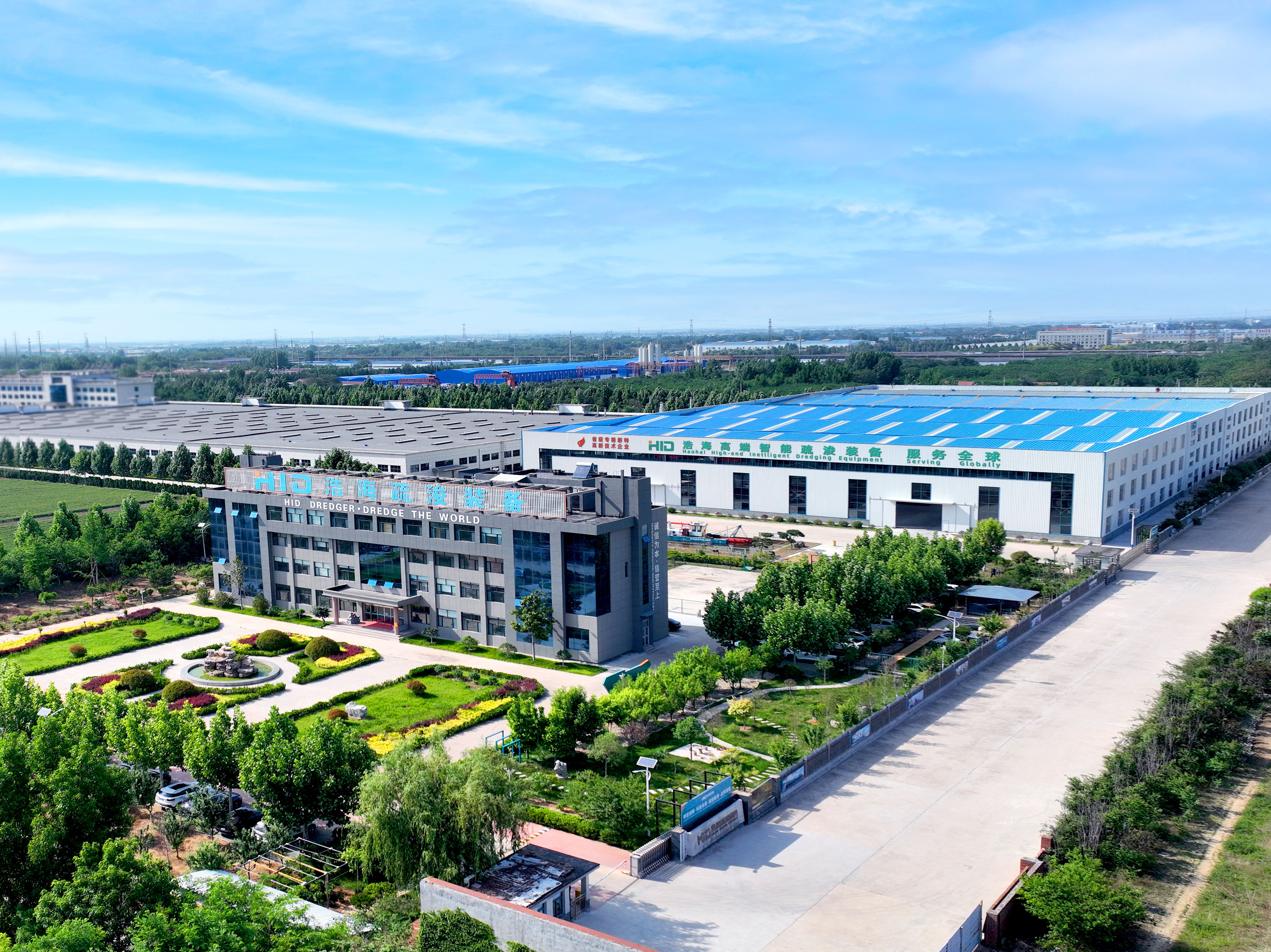
No matter which type of equipment you choose to use, it is important to take the time to understand what each machine can do before making your final decision. With the right knowledge and guidance, you will be able to find the right dredging equipment for your particular project.
When it comes to choosing a dredging equipment supplier,you want the best. You look for experience, knowledge, know-how, perseverance, and reputation. HID DREDGER exhibits all of the signs of a top-notch dredging equipment supplier. Our team has a combined 36 years of dredging equipment manufacture.

